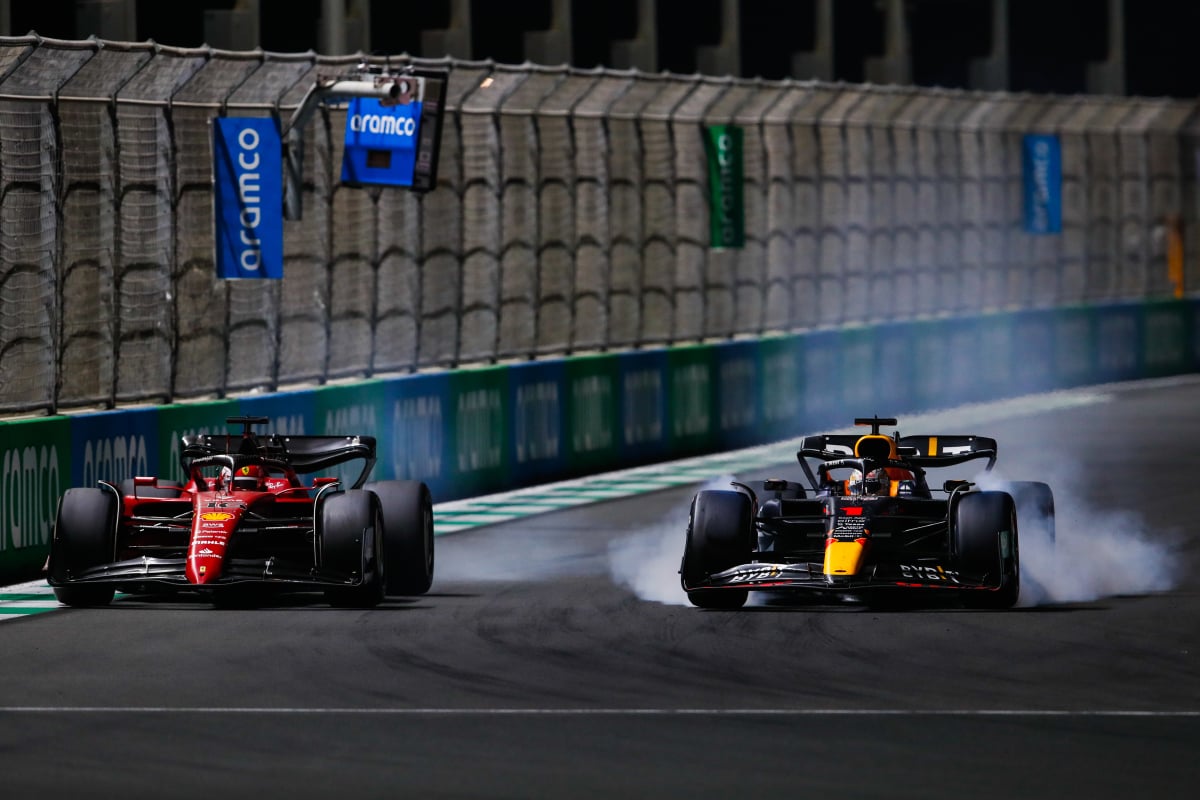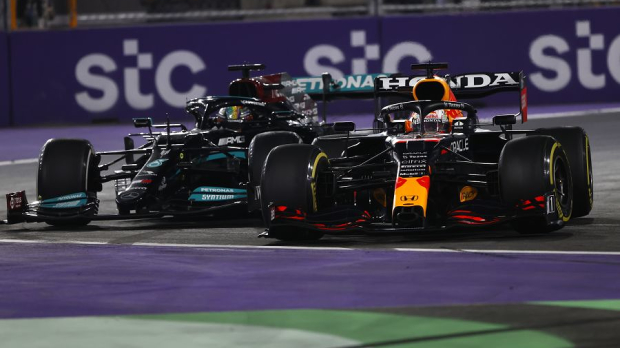
Latest News

F1 News & Gossip
Mercedes to AXE McLaren engines? Toto Wolff admits plan to cut supply to rivals
- 39 minutes ago

Max Verstappen
Max Verstappen will leave Red Bull as part of exodus
- 1 hour ago

Lewis Hamilton
Lewis Hamilton sports watch worth MILLIONS as miserable Ferrari season ends
- 2 hours ago

Latest F1 News
FIA gala 2025: How to watch F1 awards for FREE as Lando Norris collects title trophy
- 2 hours ago

Lando Norris
Lando Norris shortlisted to win BBC Sports Personality of the Year but he isn't favourite
- 3 hours ago

F1 News Today
F1 News Today: Red Bull questioned as Max Verstappen’s new team-mate ‘smashes TV’
- 3 hours ago
Most read

50.000+ views
FIA announce late penalty verdict at Las Vegas Grand Prix
- 22 november

50.000+ views
F1 Qualifying Results: Las Vegas Grand Prix times and grid positions
- 22 november

50.000+ views
Max Verstappen Abu Dhabi penalty haunts F1 title dreams
- 7 december

30.000+ views
FIA announce late Lewis Hamilton promotion at Las Vegas Grand Prix
- 23 november

30.000+ views
Aston Martin issue emotional statement as star officially exits team
- 23 november

30.000+ views
F1 Qualifying Results: Abu Dhabi Grand Prix times and grid positions
- 6 december



























 Grand Prix of Australia 2025
Grand Prix of Australia 2025  Grand Prix of China 2025
Grand Prix of China 2025  Grand Prix of Japan 2025
Grand Prix of Japan 2025  Grand Prix of Bahrain 2025
Grand Prix of Bahrain 2025  Saudi Arabian Grand Prix 2025
Saudi Arabian Grand Prix 2025  Grand Prix De Monaco 2025
Grand Prix De Monaco 2025  Gran Premio de España 2025
Gran Premio de España 2025  Grand Prix du Canada 2025
Grand Prix du Canada 2025  Grand Prix of Austria 2025
Grand Prix of Austria 2025  Grand Prix of Belgium 2025
Grand Prix of Belgium 2025  Grand Prix of Hungary 2025
Grand Prix of Hungary 2025  Grand Prix of Azerbaijan 2025
Grand Prix of Azerbaijan 2025  Grand Prix of Singapore 2025
Grand Prix of Singapore 2025  Gran Premio de la Ciudad de Mexico 2025
Gran Premio de la Ciudad de Mexico 2025  Grande Prêmio de São Paulo 2025
Grande Prêmio de São Paulo 2025  Qatar Grand Prix 2025
Qatar Grand Prix 2025  Grand Prix of Abu Dhabi 2025
Grand Prix of Abu Dhabi 2025 